Evaluating and Comparing PCB Test Jig Design Solutions in Engineering
VerifiedAdded on 2020/11/23
|7
|1001
|255
Report
AI Summary
This report presents an analysis of different design solutions for PCB test jigs, crucial for ensuring the quality and functionality of printed circuit boards. It explores three primary design options: the T-slot jig system, automated test jig equipments (ATE), and bench-top test jigs. The T-slot jig is highlighted for its ability to hold multiple PCBs simultaneously, while ATE offers greater control and precision through the use of controllers and processors, including safety interlocks and QR code scanning. Bench-top jigs are presented as compact, rugged solutions for testing low and medium-density PCBs. The report employs industry-standard evaluation techniques, specifically the Pugh matrix, to compare the different design solutions based on criteria such as safety, ease of assembly, cost, weight, and reliability, ultimately concluding that the automated jig testing design is the most effective approach for the given design specifications. The report also includes relevant references to support the analysis.
1 out of 7


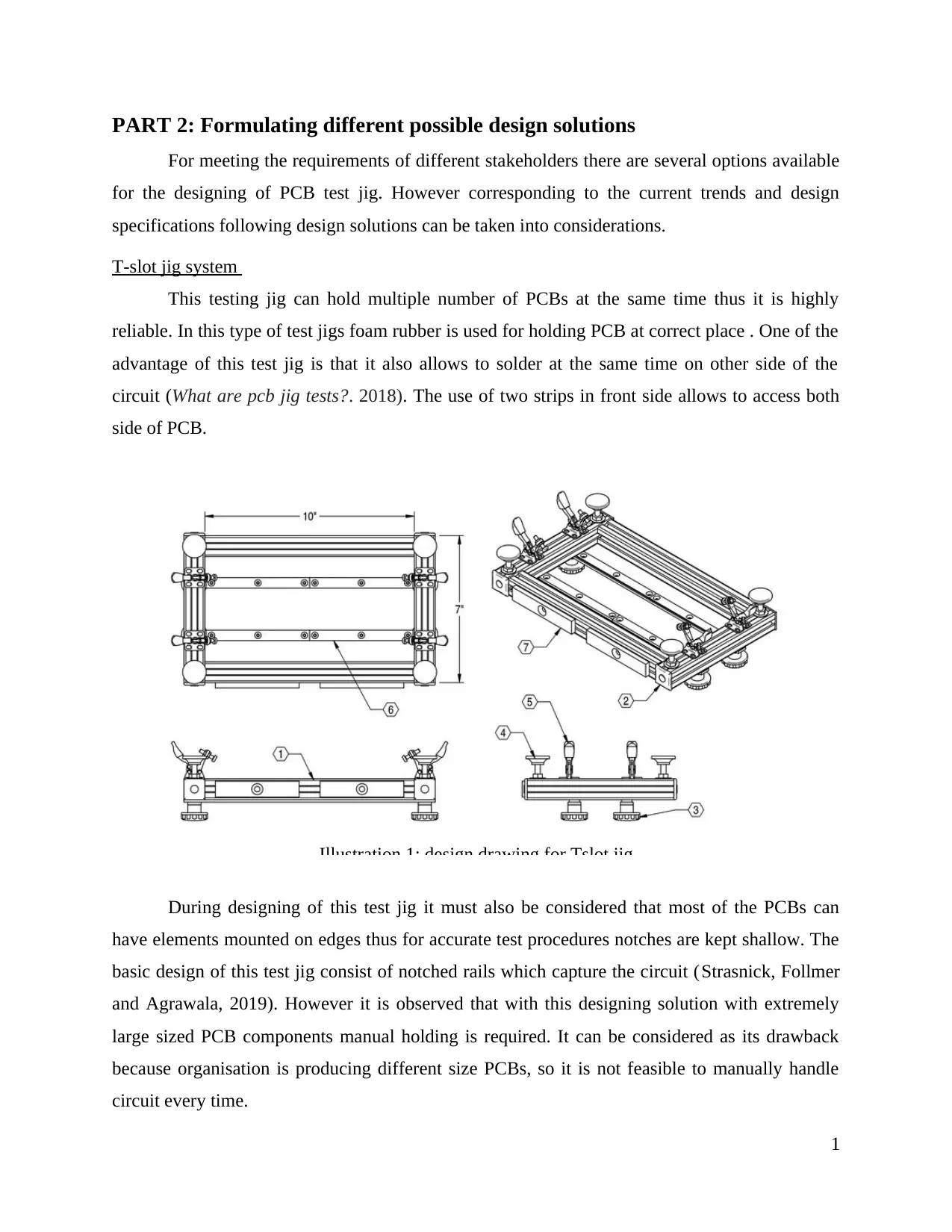

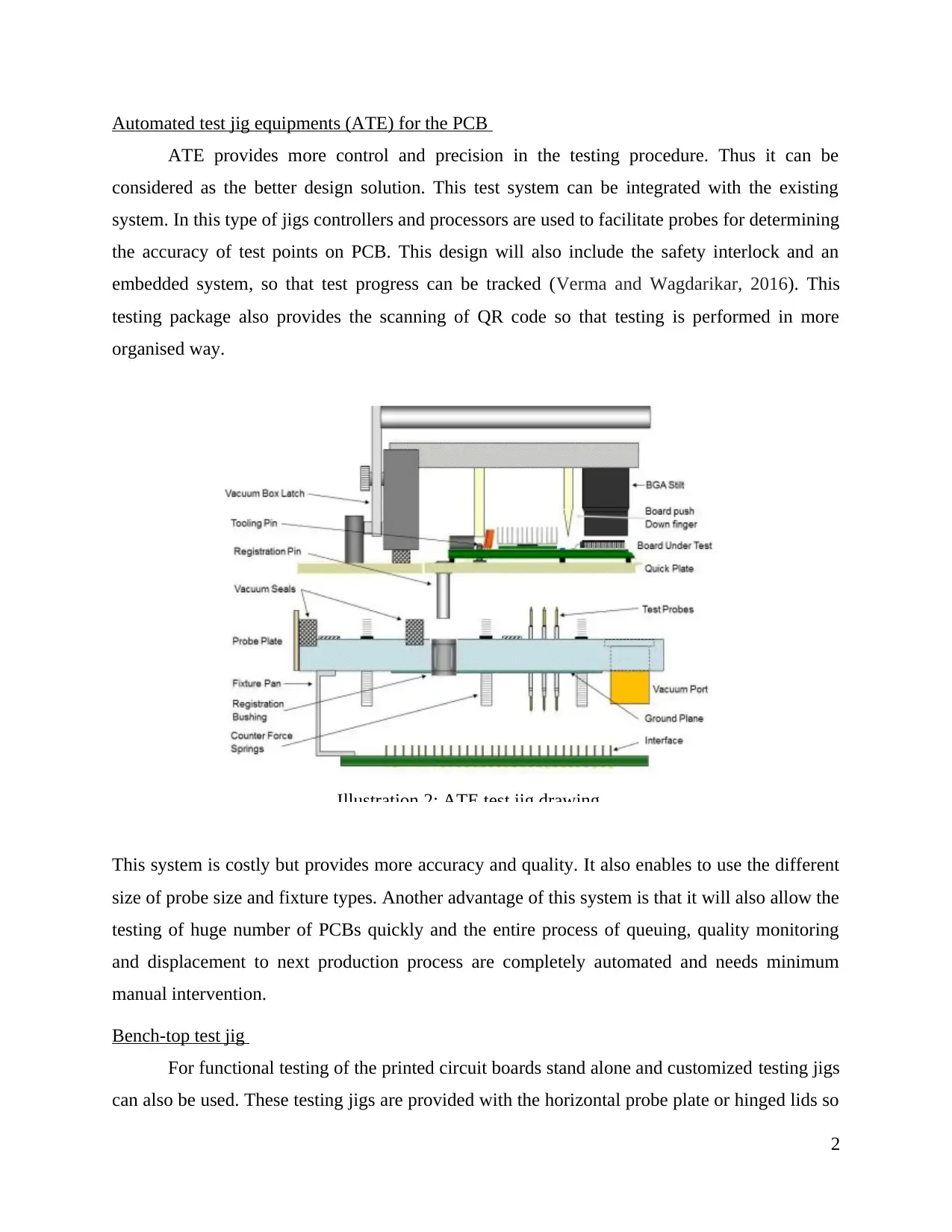
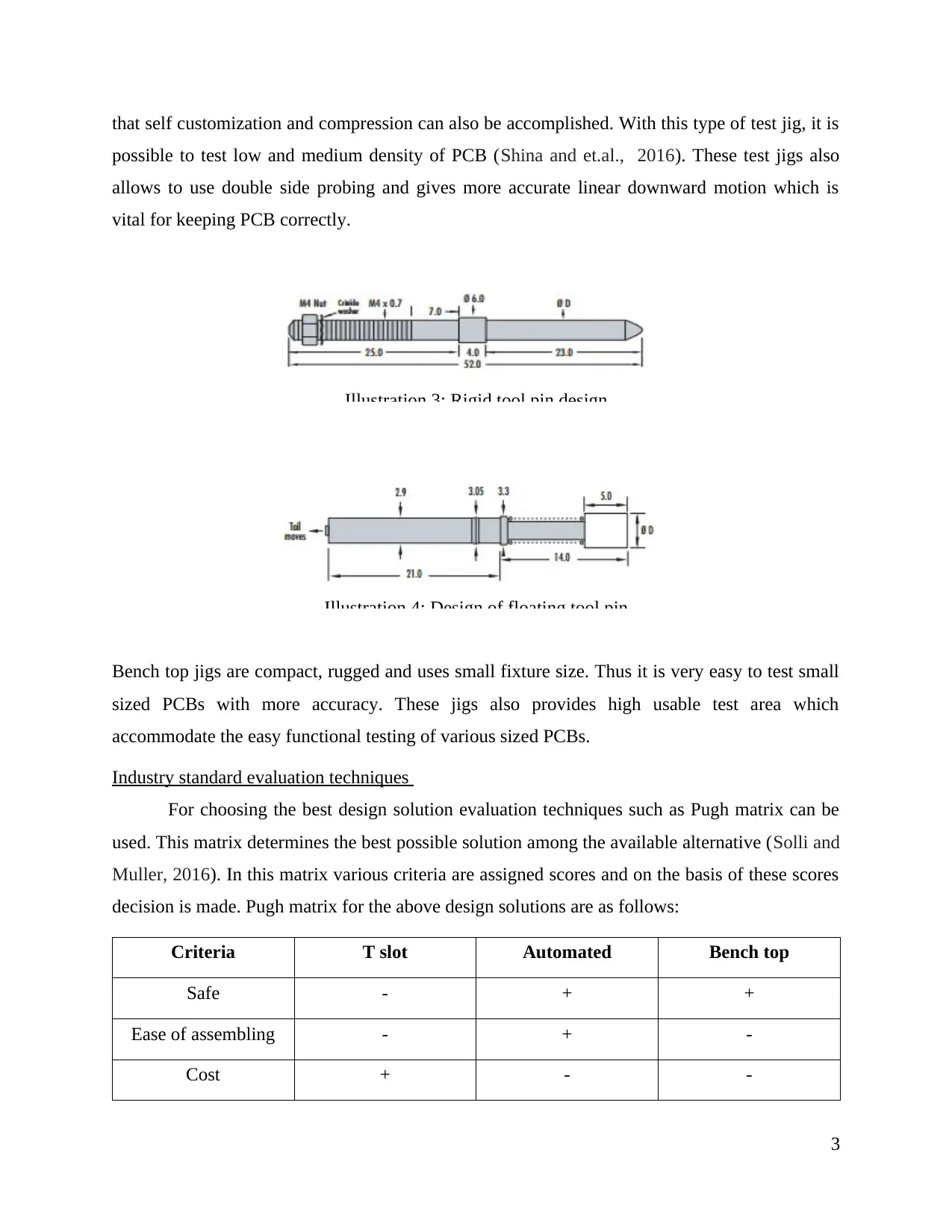
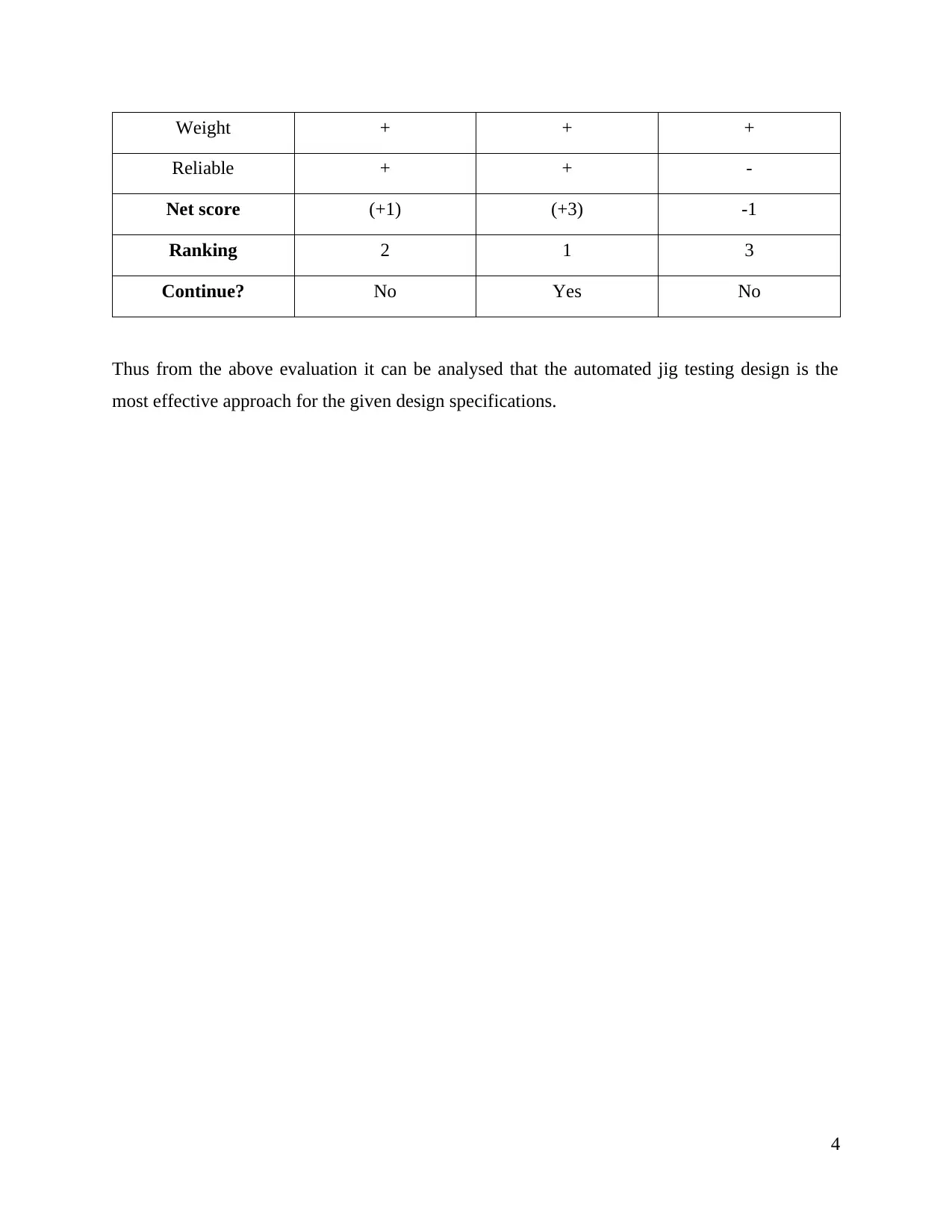
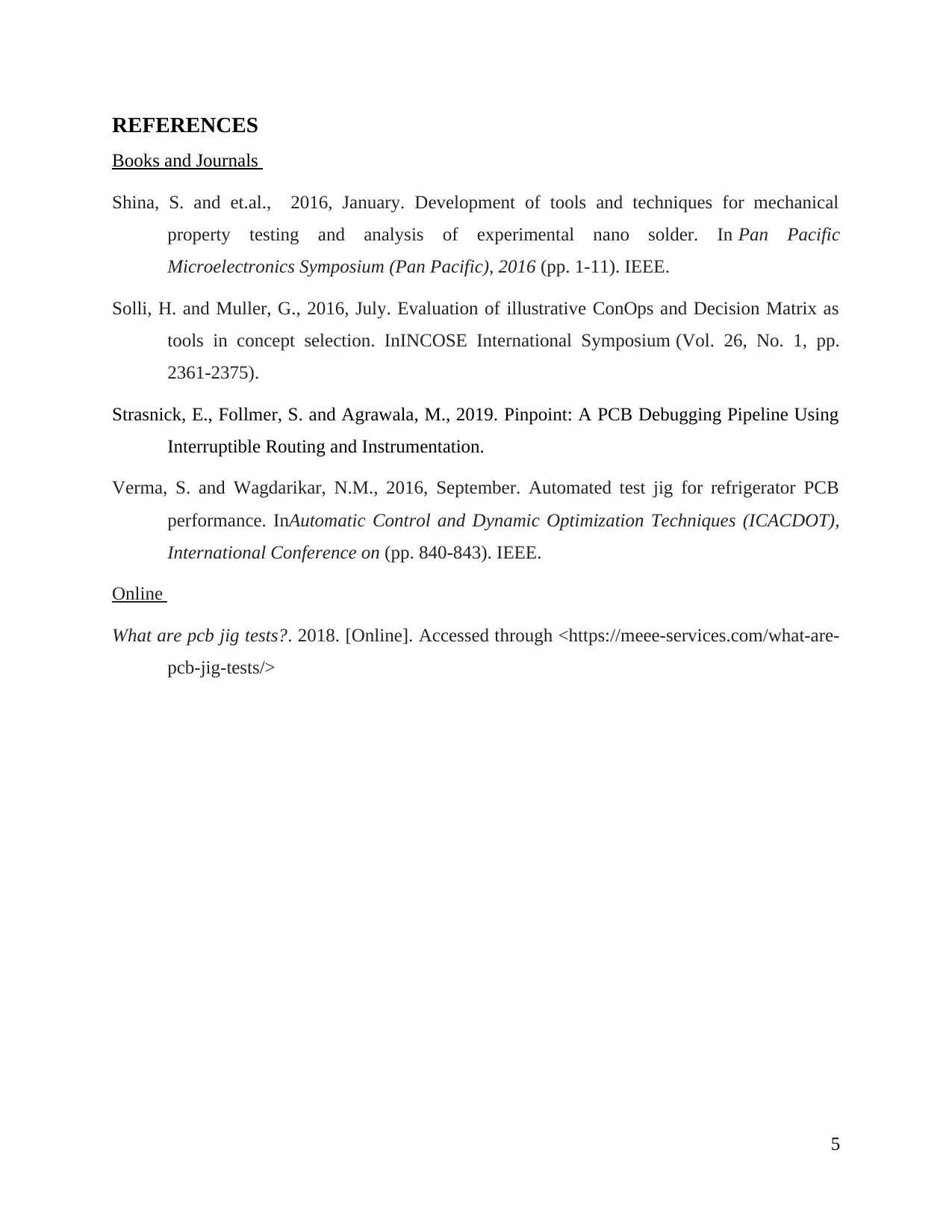


![[object Object]](/_next/static/media/star-bottom.7253800d.svg)